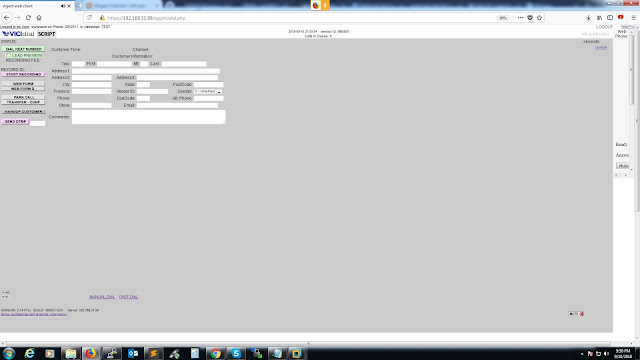&
I’m going to demonstrate how to setup link aggregation (LAGG) on FreeNAS 9.3 using Cisco switches. Aggregation is a method of bonding multiple ethernet links together to provide additional bandwidth and redundancy.
FreeNAS supports several different protocols for LAGG but LACP is the most robust option. LACP is a negotiated protocol that works by exchanging frames with the peer to automatically bundle multiple links together.
If you do not have a Cisco switch you can still use LACP as long as your switch supports IEEE 802.3ad. If it does not support the protocol then you will need to use one of the other protocols such as load balance, or round robin.
On Cisco Switch:
Assuming that you have 2 Stack Cisco 3750 switches and ports of Freenas are connected on G1/0/19 and G2/0/19
int Gi2/0/19
description NAS2 LAGG – 3 – VLAN300
switchport access vlan 300
switchport mode access
channel-group 3 mode active
channel-protocol lacp
description NAS2 LAGG – 3 – VLAN300
switchport access vlan 300
switchport mode access
channel-group 3 mode active
channel-protocol lacp
int Gi1/0/19
description NAS2 LAGG – 3 – VLAN300
switchport access vlan 300
switchport mode access
channel-group 3 mode active
description NAS2 LAGG – 3 – VLAN300
switchport access vlan 300
switchport mode access
channel-group 3 mode active
channel-protocol lacp
interface Port-channel3
description NAS2 LAGG Group VLAN300
switchport access vlan 300
switchport mode access
no shut
description NAS2 LAGG Group VLAN300
switchport access vlan 300
switchport mode access
no shut
To verify the status of each of the individual ports in the bundle run the command ‘show etherchannel port-channel’, each of the ports should have an active status.
Now on the FreeNAS Device configure Link Aggregation with LACP protocol and you are good to go.
Redundancy and Failover Testing
Besides increased bandwidth one of the benefits of using LAGG is it ensures redundnacy in the event of a loss of link on a member. To test the failover capabilities I started a continuous ping to the FreeNAS IP address then pulled out one of the cables. The port channel only dropped one packet before re-converging, not bad!
If your building a high availability NAS then you can see the importance of implementing link aggregation to maintain up-time.




0 comments:
Post a Comment